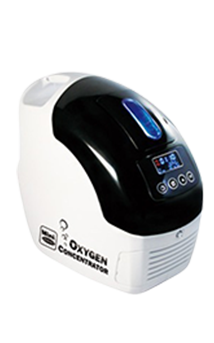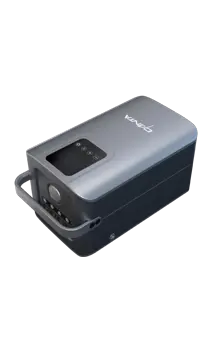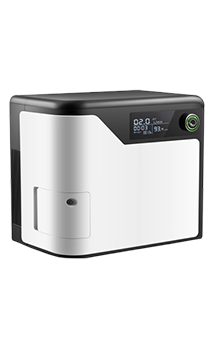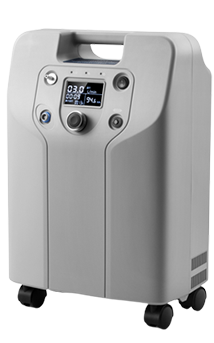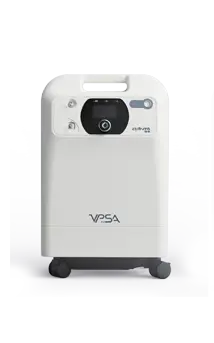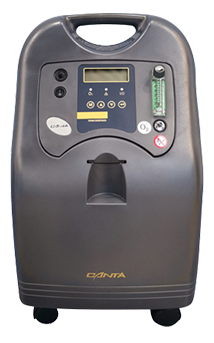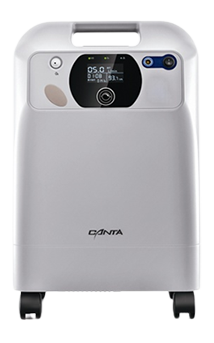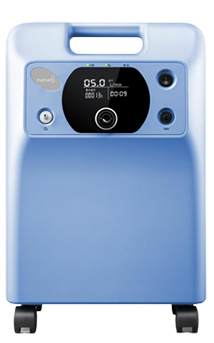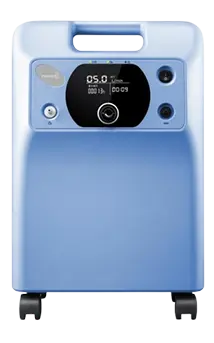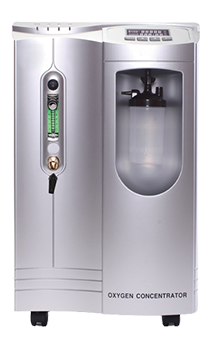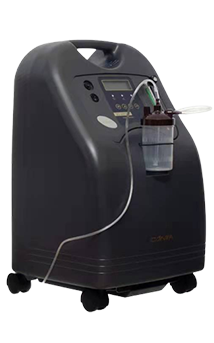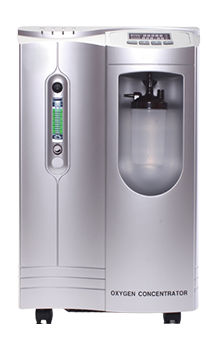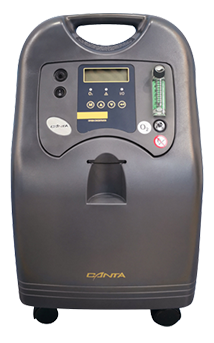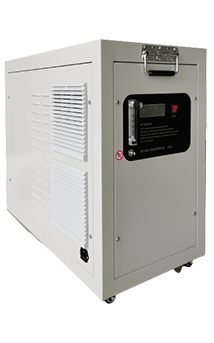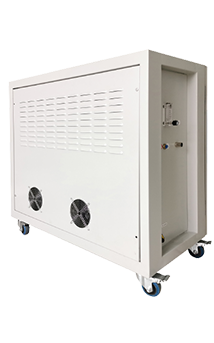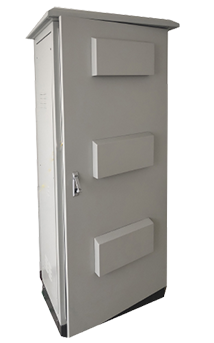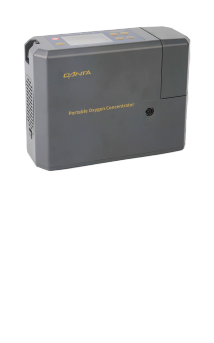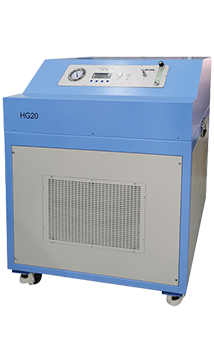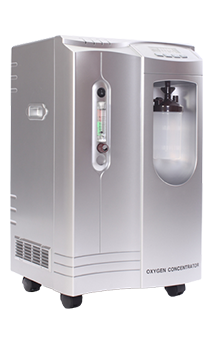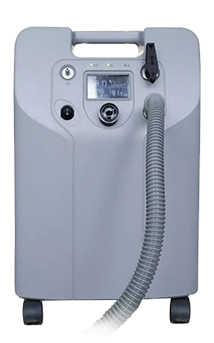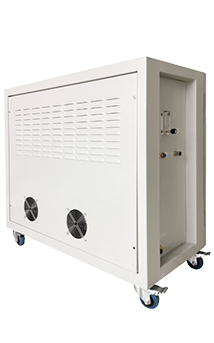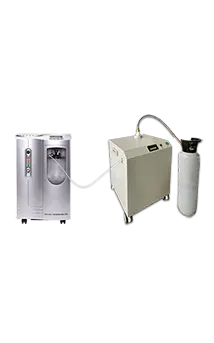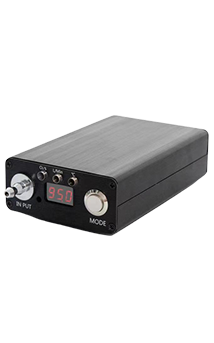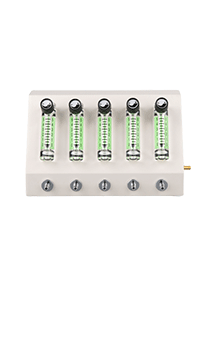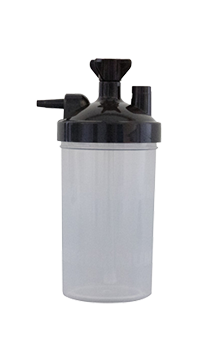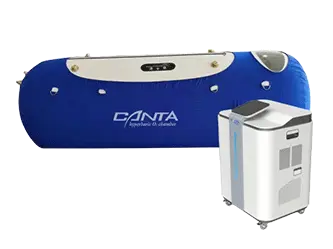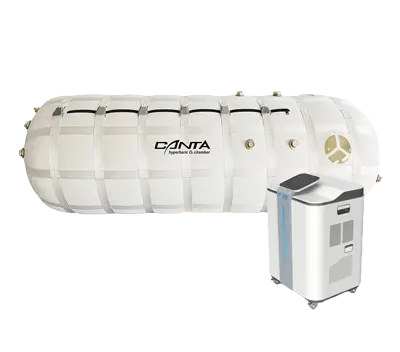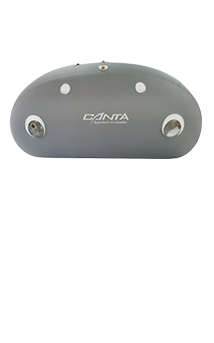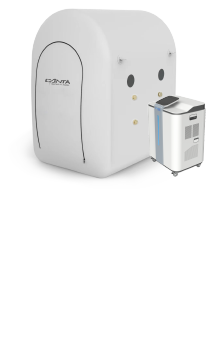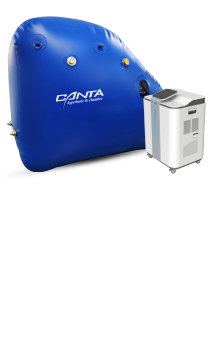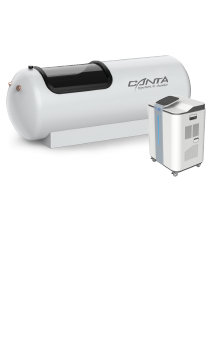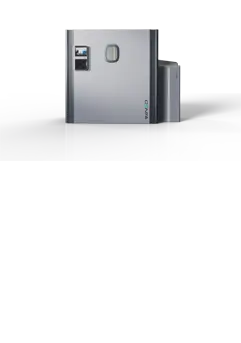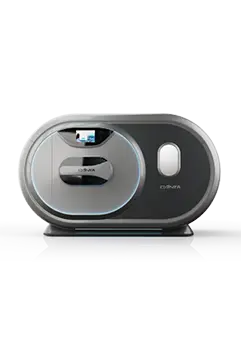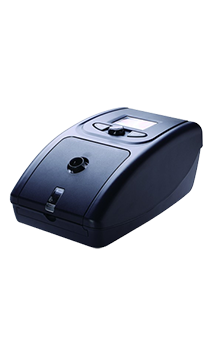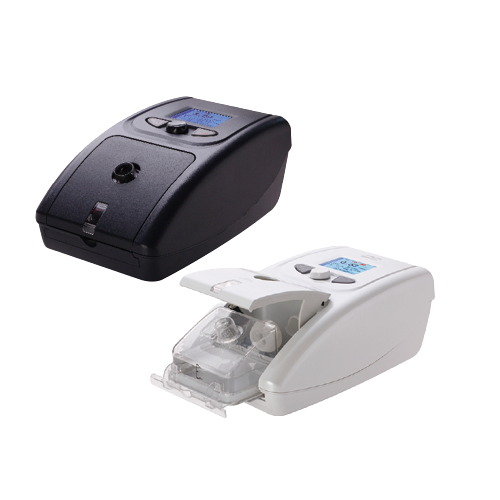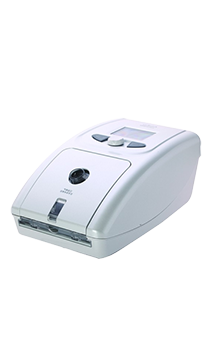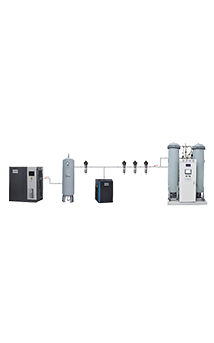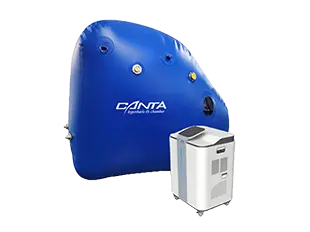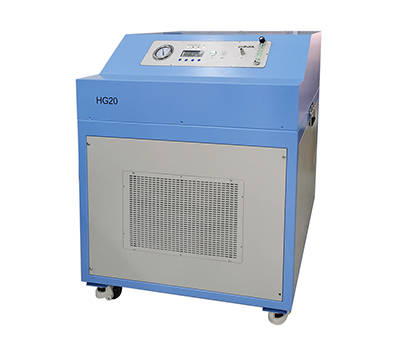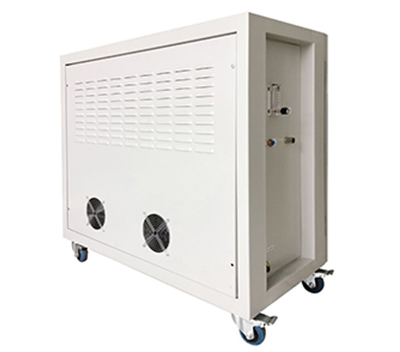An oxygen generator is a device used to produce oxygen by separating it from the air and supplying it to industrial and medical fields that require oxygen. This article will introduce the working principle of the oxygen generator and its various application fields.
Working Principle of Oxygen Generators
How does an oxygen generator work? Oxygen generators typically use molecular sieve adsorption technology to produce oxygen. They consist of an adsorption column filled with molecular sieve material and a gas delivery system.
The oxygen generator directs air into the adsorption column through the gas delivery system. The molecular sieve material inside the column has the ability to adsorb molecules, capturing nitrogen and other components while retaining oxygen in the column.
By adjusting the pressure, the oxygen generator releases the adsorbed nitrogen and other gases from the adsorption column. As a result, oxygen is separated and can be delivered to users through the gas delivery system.
It is important to note that oxygen generators also require an exhaust system to handle the waste gases generated during operation. Since the working principle of an oxygen generator involves gas adsorption and release, the waste gases contain higher concentrations of nitrogen and other components, which need to be treated to minimize environmental impact.
Application Fields of Oxygen Generators
In the medical field, oxygen generators are indispensable. Continuous and stable oxygen supply is crucial for patients with respiratory diseases. Hospitals often equip patient wards and ambulances with oxygen generators to ensure that patients have access to sufficient oxygen support at all times.
In industrial production, oxygen generators also have wide applications. In metal processing and welding industries, high-purity oxygen can enhance combustion efficiency and improve welding quality. For example, in steel manufacturing, injecting an appropriate amount of oxygen accelerates chemical reactions, improving both the quality and production of steel.
The aerospace industry also relies on oxygen generators. In spacecraft and aircraft, providing astronauts and passengers with sufficient oxygen is vital for their safety. Particularly in emergencies, oxygen generators can be quickly activated to supply passengers with necessary oxygen.
In the aquaculture industry, oxygen generators are used to increase oxygen levels in the water, creating a better living environment for fish and other aquatic organisms. In high-density fish ponds, where oxygen consumption is rapid, oxygen generators can promptly replenish oxygen, preventing fish from dying due to oxygen deficiency.
In laboratory research, oxygen generators provide a stable oxygen source for various scientific experiments. For instance, in chemical experiments, certain reactions require an oxygen environment, and an oxygen generator can meet these needs.
In the environmental protection sector, some modern wastewater treatment processes use oxygen generators to promote the growth and metabolism of microorganisms, improving the efficiency of wastewater treatment.
Oxygen generators play a critical role across medical, industrial, aerospace, aquaculture, laboratory research, and environmental protection fields, providing numerous conveniences and guarantees for human production and daily life.
By using molecular sieve adsorption technology to separate nitrogen and other gases from the air, oxygen generators provide pure, high-concentration oxygen. Their applications make industrial production more efficient and medical treatment safer and more effective. With continuous technological advancements, the application fields of oxygen generators are expected to expand and deepen further.
 EN
EN  ja
ja  ko
ko  fr
fr  de
de  es
es  it
it  ru
ru  pt
pt  ar
ar  tr
tr  th
th  da
da  fa
fa  pl
pl  ro
ro  hu
hu  el
el  af
af 
